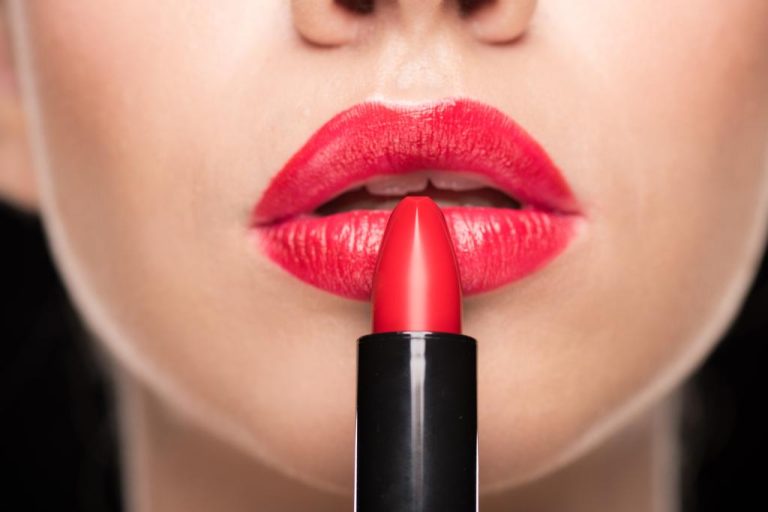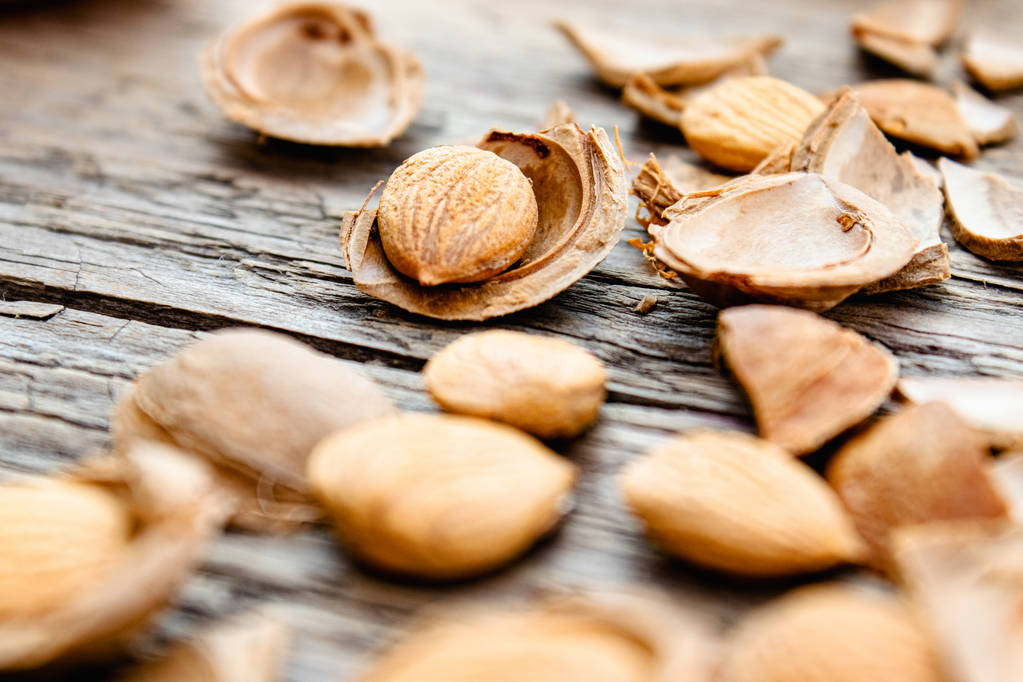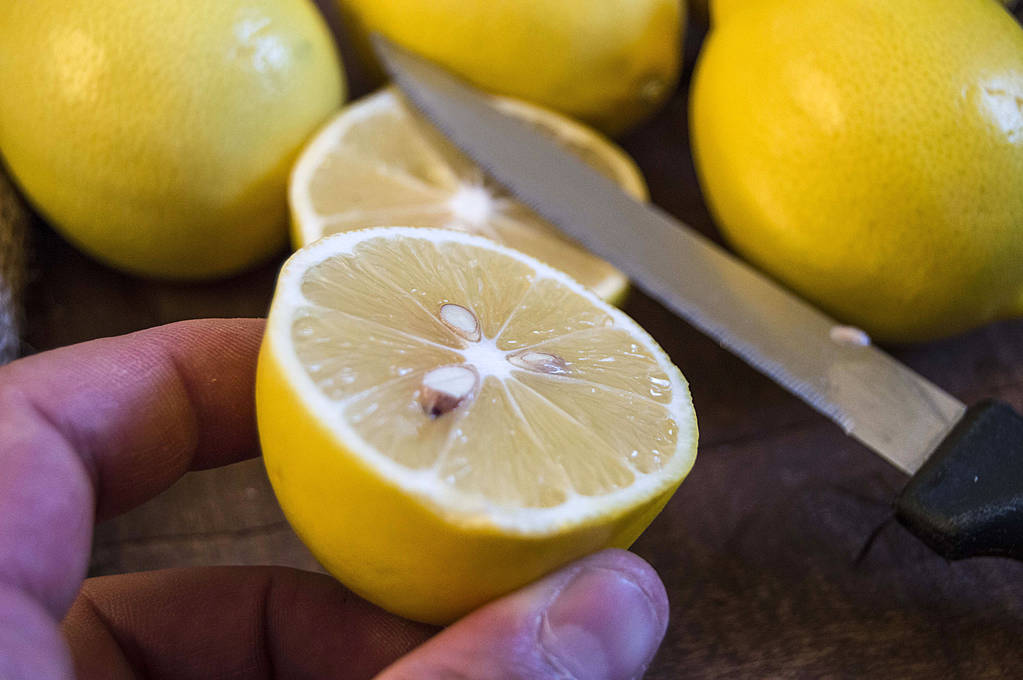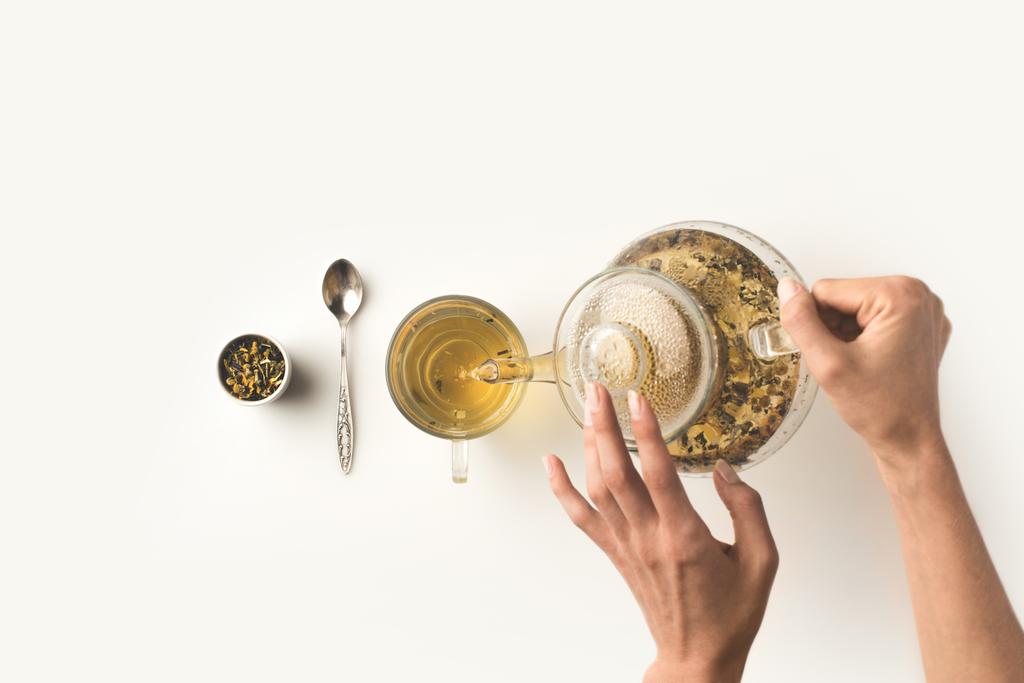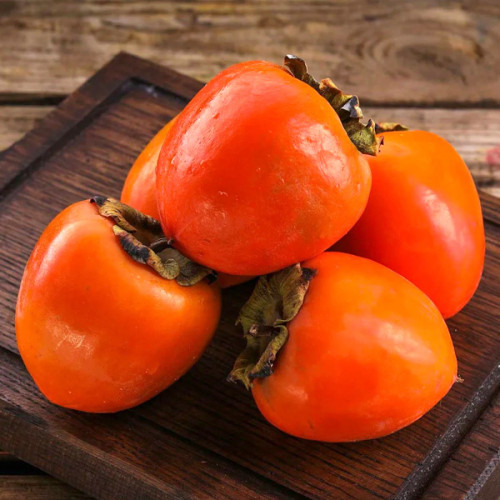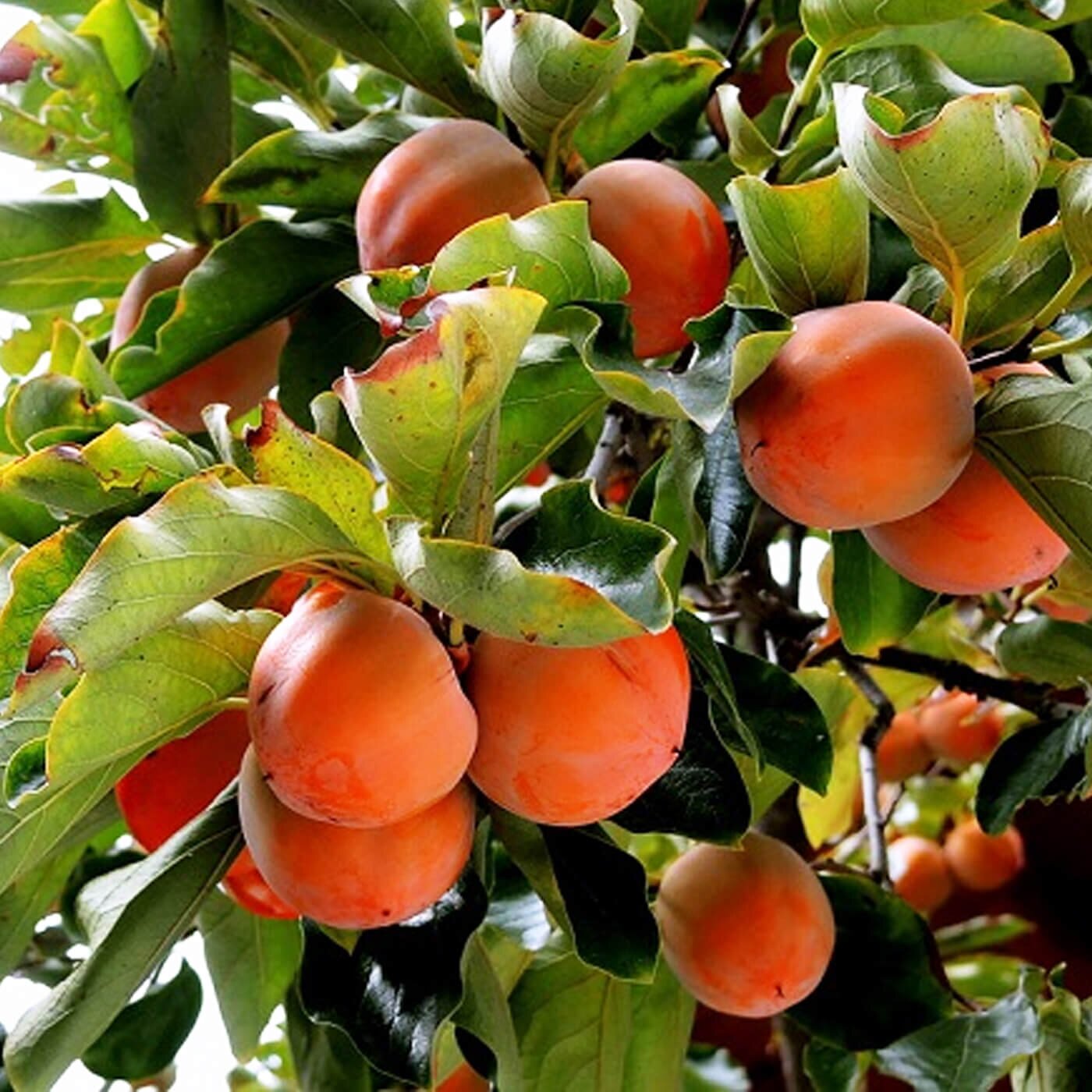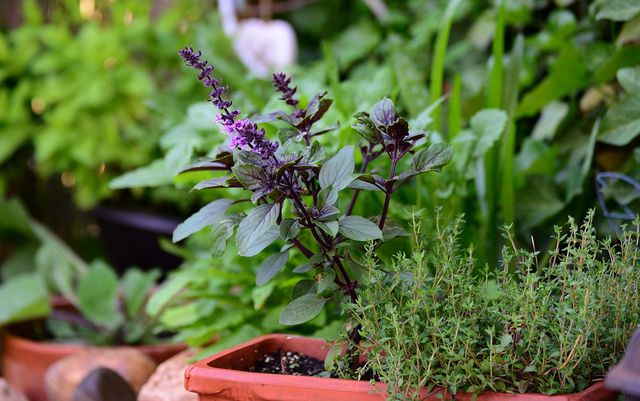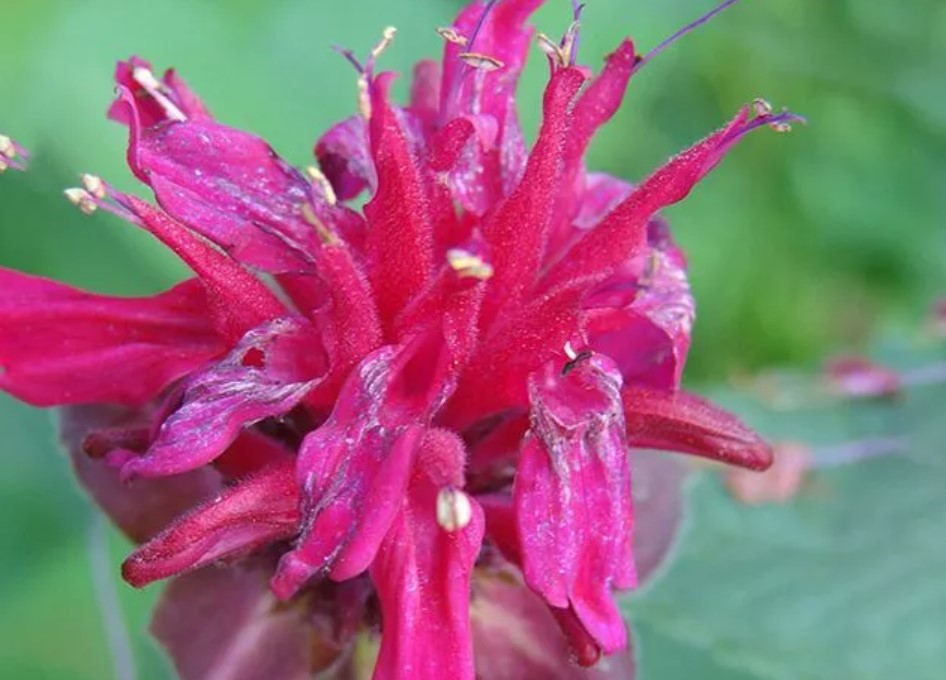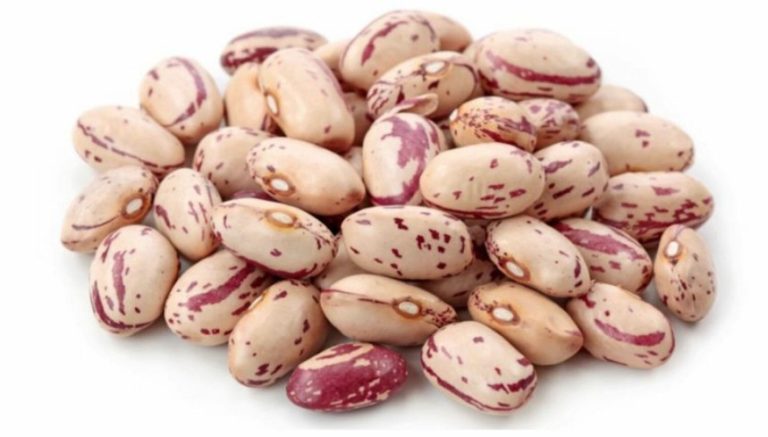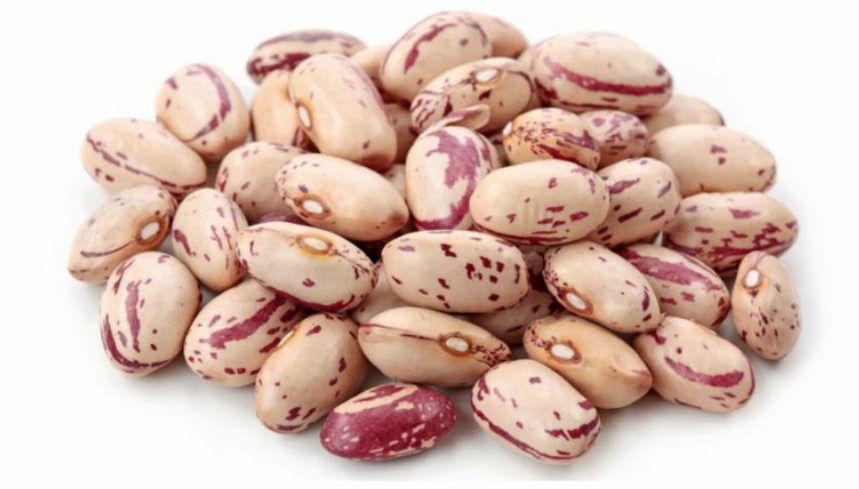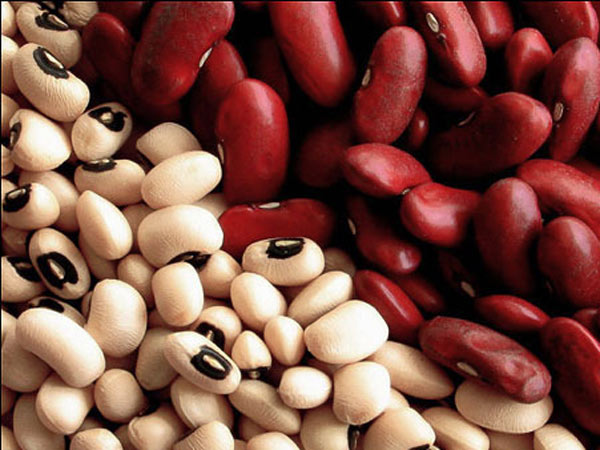As a vegetarian or vegan, you are often confronted with arguments as to why a meatless diet is unhealthy, unnatural or even harmful to the environment. What is it about these statements? We have collected five of the most common arguments for meat and formulated counter-arguments.
Claims like “The rainforest is on fire for tofu!”, “Athletes need meat!” or “If God hadn’t wanted us to eat meat, he wouldn’t have made it so delicious!” probably every vegetarian has: in and vegan:in heard before. We can do no more than argue about God and his plans. But if statements are demonstrably false, you don’t have to let them rest. How to dispassionately counter some of the most common arguments for eating meat:
Humans are carnivores?
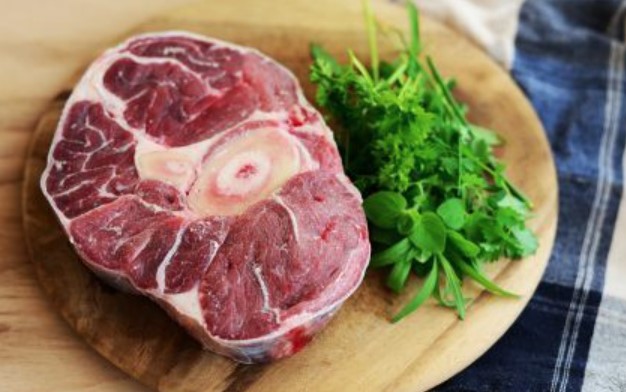
Humans are carnivores, vegan diet is unnatural.
Some of the most popular arguments against vegetarians and vegans revolve around how natural a meat-free diet is. Sentences like “People are carnivores, you can see that from their teeth” are also often used. But: Humans are definitely not pure meat eaters (= carnivores). After all, even the biggest meat lovers eat a piece of fruit or vegetable from time to time. This is also important, because unlike carnivores, humans cannot produce vitamin C themselves and have to get it from food.
Furthermore, if we were pure carnivores, we could swallow large chunks of meat almost without chewing. In carnivores, digestion begins in the stomach, while humans start digesting in the mouth. An enzyme in the saliva that breaks down starch helps us with this. And starch is not in meat, but in plants.
Admittedly, from a biological point of view, people are not herbivores (=herbivores) either, but omnivores (=omnivores). That is, our physical characteristics—including how our teeth are constructed and how they work—allow us to eat both animal and plant-based foods, depending on what is available.
Unlike our ancestors who hunted and gathered, today we have choices. We don’t starve if we don’t eat meat, thanks to farming and storage facilities. We also don’t have to put as much energy into foraging – and making up for that loss with food. We’re also getting older, which is why it’s important to look not only at short-term satiety, but also at the long-term health pros and cons of a diet.
If you want to be physically fit, you need meat?
People need animal proteins, especially athletes.
“If the [construction worker] only gets meat once a week and only salad, he falls off the scaffolding on the third day.” This quote from the Bavarian Minister of Economic Affairs Hubert Aiwanger made the rounds in the summer of 2020. The politician is right on one point: You cannot have a balanced diet from lettuce alone. Luckily, there are a lot of other plant-based foods, also to provide us with the proteins that athletes love.
The documentary “The Game Changers” shows that you can also achieve top performance with a purely plant-based diet using the example of various top athletes. The science journalist Bas Kast even comes to the conclusion in his book “The nutrition compass: The conclusion of all scientific studies on the subject of nutrition” (buy** at Thalia, bücher.de or Buch7, among others) that vegetable proteins are healthier than animal ones. Various studies provide evidence that meat consumption increases the risk of various lifestyle diseases.
The vitamin B12 thing
Vegans need to supplement vitamin B12, meat eaters don’t.
If you have to take vitamin B12 as a dietary supplement, it cannot be a sensible diet – many have certainly heard this argument as well. It’s true, vegans should supplement with vitamin B12. Some plant-based foods also contain vitamin B12, but in a form that, according to experts, cannot be used by the human body.
But where does the vitamin B12 in meat come from? For poultry and pork, the answer is: from dietary supplements. Because just like in humans, vitamin B12 is formed in the large intestine of animals, but they excrete it without using it.
Ruminants, on the other hand, can use the vitamin B12 they produce in their own bodies. To do this, they must be sufficiently supplied with the trace element cobalt. In industrial agriculture, cows often lack this requirement, which is why they are often dependent on nutritional supplements.
On this basis, it is entirely justified to ask the question whether one cannot simply take vitamin B12 oneself in the form of food supplements and skip the detour via the animals.
Vegans eat industrial goo?
Meat substitutes are unnatural chemical food.
Vegan food consists of flavor enhancers, artificial flavors and other additives? This is true for some plant foods, as it is for many processed animal products. And as with an omnivorous diet, such products should be the exception rather than the rule when it comes to eating healthily.
Meat substitutes make it easier for many people to switch to a plant-based diet. They are practical if you want to prepare a vegan alternative to a meat dish without much effort. In the long run, however, many health-conscious vegans refrain from replacing meat, sausage and cheese 1:1 with vegan substitutes. Instead, there are, for example, Bolognese made from lentils, vegetable skewers when grilling and hummus on bread. Tofu is also available in its natural state, and even with processed meat substitutes, the list of ingredients is not always as long and cryptic.
Even if vegans treat themselves to a few vegan sausages at a barbecue party (if they are possible again): Before calling them industrial goo, one should consider whether it is really being vegan that decides how natural or unnatural one eats. Didn’t you just eat a bratwurst with a similarly long list of ingredients, plus ready-made barbecue sauces, chips and cola? If so, then maybe it’s best to keep your mouth shut.
Does the rainforest burn for tofu?

Vegan diet harms the environment.
If we all stop eating meat, where are we supposed to grow all the vegetables to keep us full? Some people are probably asking this question. If rainforests are already being cut down to plant soy, wouldn’t the problem get worse with a switch to a plant-based diet?
Many who ask these questions forget that pigs, cattle and chickens also have to eat. Very few of these animals graze on green mountain meadows that are unsuitable for growing food. Instead, large areas of arable land are required for the cultivation of animal feed. This means that the area required for animal food is higher than for plant food. When animal husbandry decreases, areas are freed up on which we can grow food for human consumption or on which we can reforest.
The increasing hunger for cheap meat has led to forests being cut down in order to grow animal feed in huge monocultures. Depending on the source, 75 to 85 percent of the soy harvested worldwide is fed to animals. So much for the claim that vegetarians and vegans are destroying the rainforest. Incidentally, the soy for meat and milk substitutes often comes from Europe.
After years of eating meat and other animal products, it can be difficult to reduce or even stop eating them altogether. But hiding behind false arguments no longer counts as an excuse.



